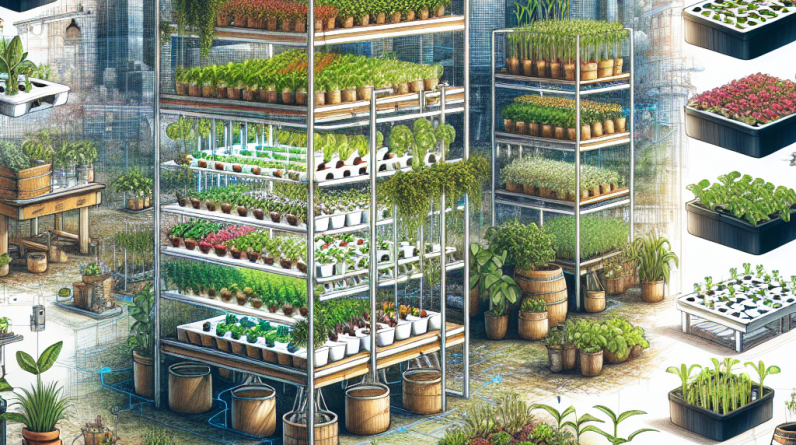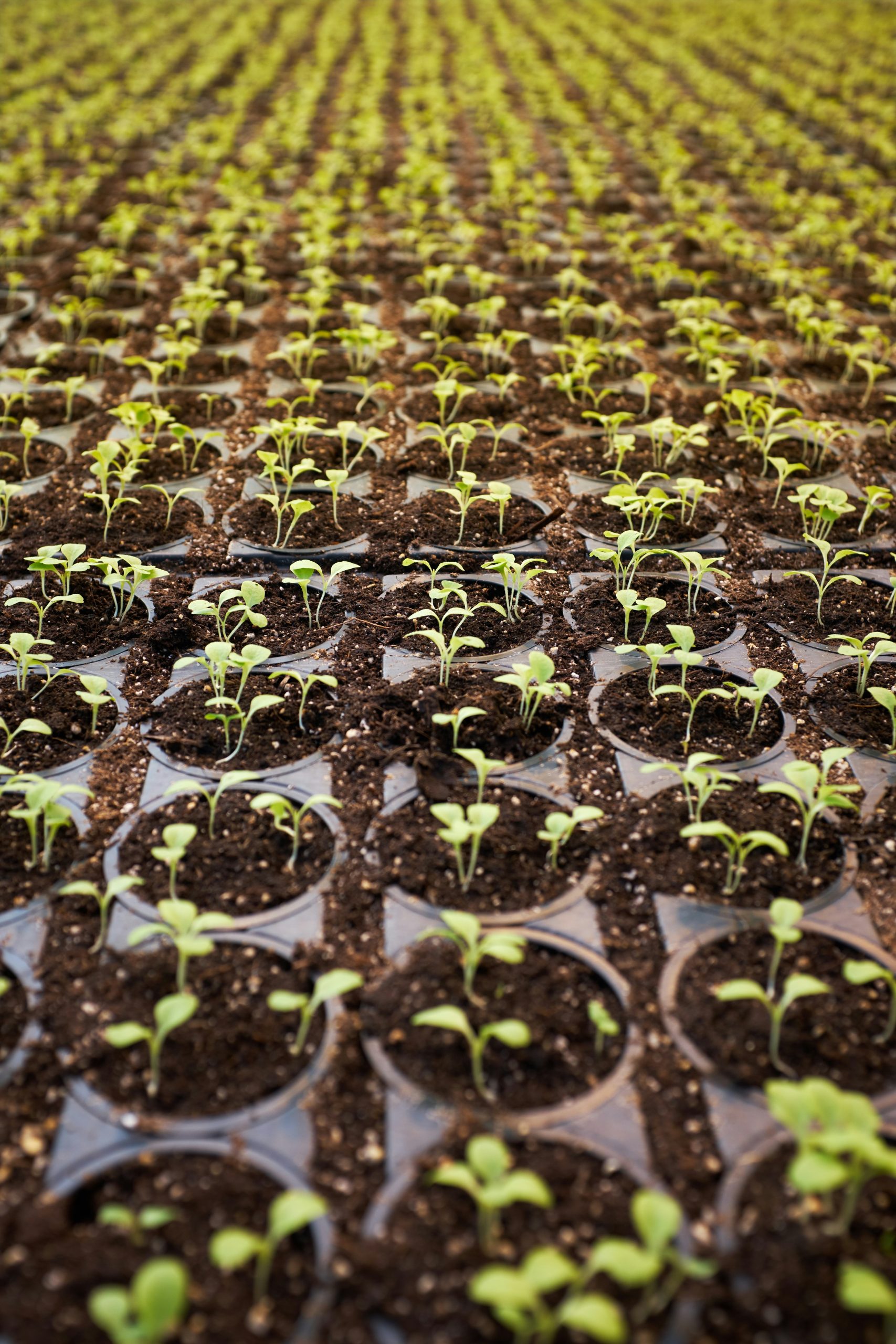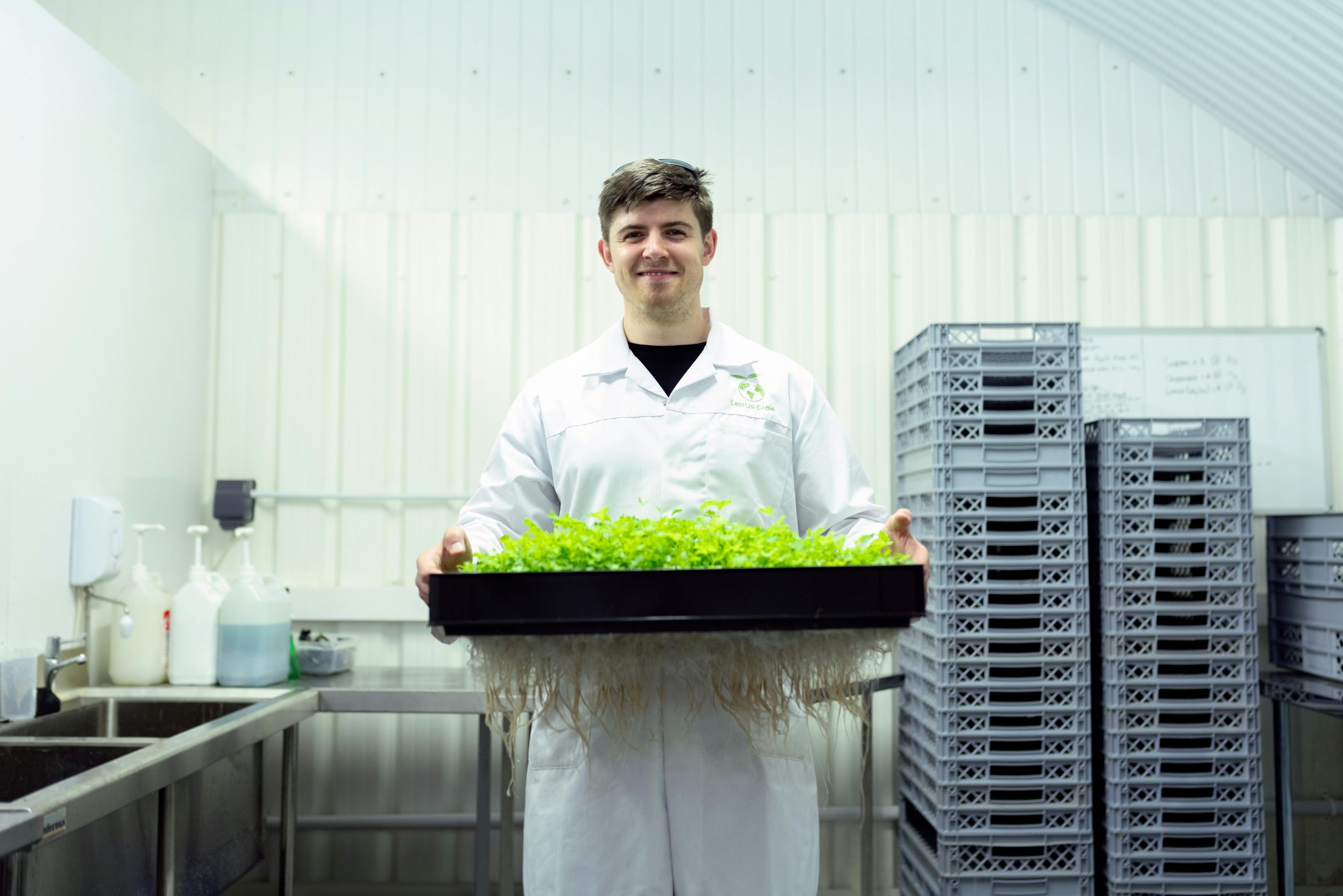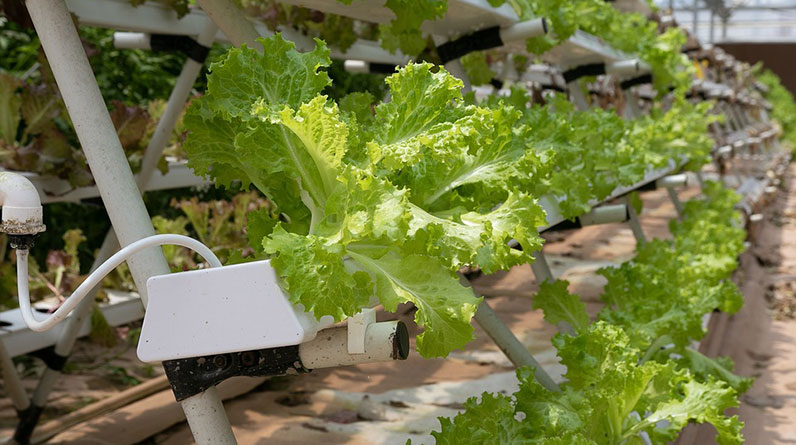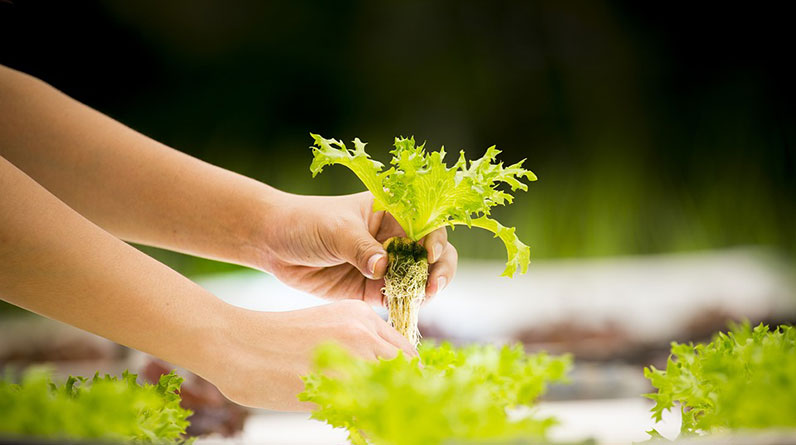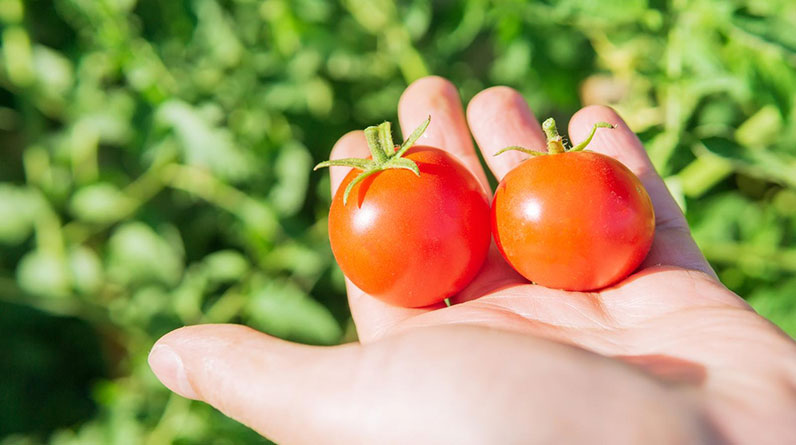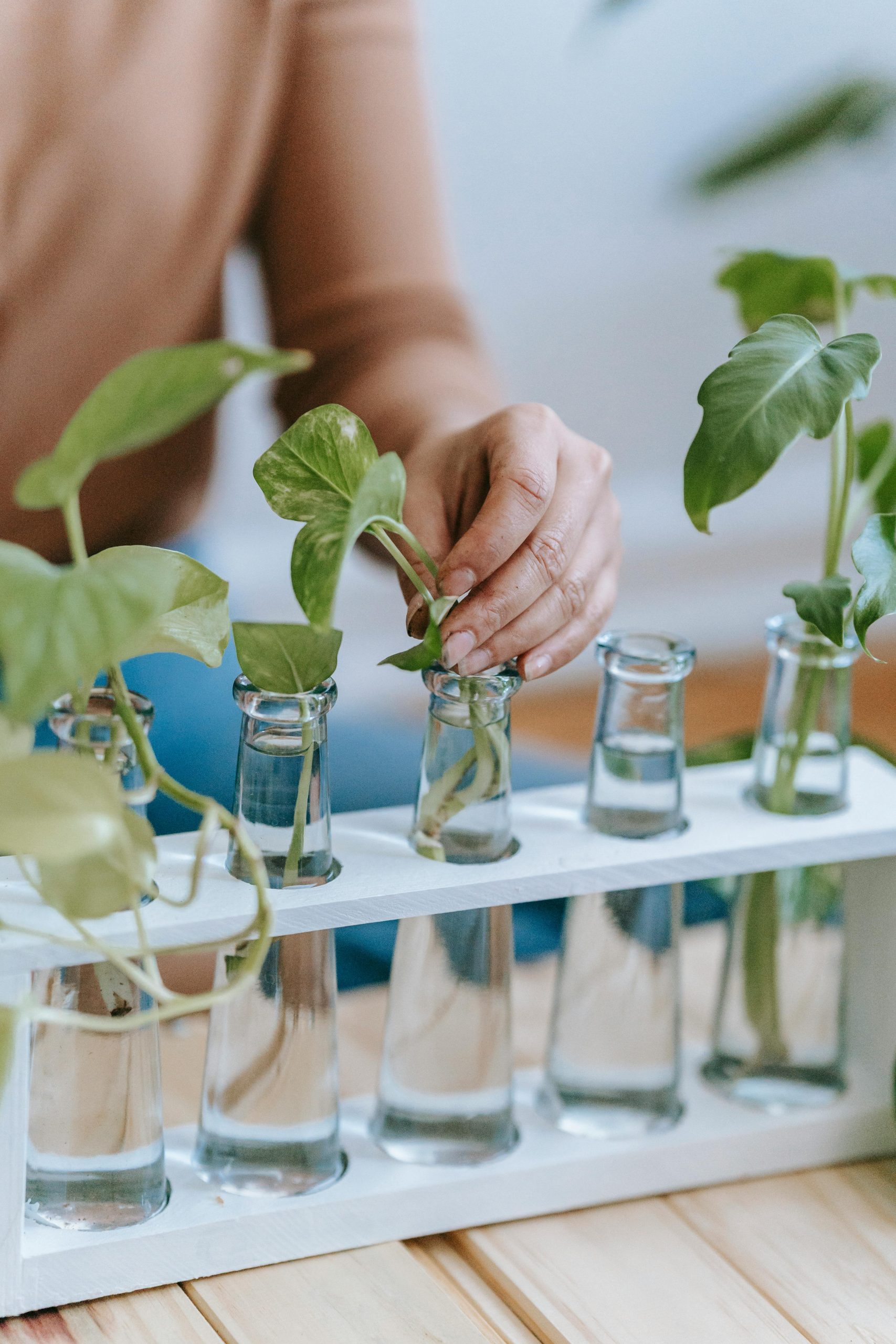
1. Understanding Hydroponic Gardening Fundamentals
The Basics of Hydroponic Growth
Hydroponic gardening is a revolutionary way to grow plants without soil, using nutrient-rich water instead. In 2025, the popularity of a hydroponic garden kit has surged among urban dwellers and seasoned growers alike because of its efficiency and space-saving design. At its core, hydroponic systems provide plants with nutrients directly to their roots, accelerating growth and maximizing yield.
Many beginners are surprised to learn that hydroponics can reduce water usage by up to 90% compared to traditional soil gardening. This makes it an environmentally friendly choice, especially in regions facing water scarcity. When you invest in a hydroponic garden kit, you essentially set yourself up for fast, clean, and sustainable gardening right at home.
Understanding the fundamental principles helps you choose the right hydroponic garden kit. Whether you’re growing leafy greens, herbs, or even strawberries, knowing how water, light, and nutrients interact will enhance your gardening success in 2025.
Types of Hydroponic Systems
There are several types of hydroponic systems, each suited for different needs and environments. These include Deep Water Culture (DWC), Nutrient Film Technique (NFT), Ebb and Flow, Drip Systems, and Aeroponics. As of 2025, each system has its strengths, and choosing the right one depends on your space, budget, and crop preferences.
For instance, DWC systems are known for their simplicity and rapid growth rates, making them excellent for beginners. NFT systems are popular for growing smaller plants like lettuce in indoor settings. When selecting a hydroponic garden kit, look for one that incorporates the system type that best meets your goals and experience level.
By understanding these options, you can better evaluate which hydroponic garden kit will perform well within your home or commercial space. This knowledge ensures you make an informed purchase that delivers consistent results in 2025.
2. Features of a Top-Quality Hydroponic Garden Kit
Durability and Material Quality
A premium hydroponic garden kit in 2025 must be built with durable, non-toxic materials. High-quality plastics, UV-resistant components, and corrosion-proof parts ensure longevity. Investing in a kit with sturdy construction prevents frequent repairs and replacements, saving time and money.
Durability also affects the cleanliness and safety of your gardening environment. Avoid kits made from low-grade materials that may leach chemicals into your water or compromise plant health. Instead, opt for brands that prioritize eco-friendly, food-grade plastics.
Many top-rated kits include stainless steel or BPA-free plastics to guarantee both safety and durability, ensuring your hydroponic setup remains functional for years to come.
Automation and Monitoring Features
In 2025, smart technology integration is essential. The best hydroponic garden kit includes automated water and nutrient delivery systems, pH monitoring, and light controls. These features make maintenance easier, particularly for busy individuals or beginners.
Some kits now come with smartphone apps that provide real-time data, notifications, and control options. This integration allows you to optimize your plant growth remotely, ensuring perfect conditions anytime.
Automation reduces human error and guarantees your plants receive consistent care, leading to higher yields and healthier crops. When choosing your hydroponic garden kit, prioritize these smart features for a more effortless gardening experience.
3. Choosing the Right Hydroponic Garden Kit for Your Space
Assessing Your Growing Environment
Before purchasing a hydroponic garden kit, evaluate your available space. Do you have a dedicated indoor area, a balcony, or a small backyard? The size and light availability will influence your choice.
If space is limited, compact countertop systems or vertical hydroponic gardens are ideal. These kits maximize productivity without requiring extensive room. For larger outdoor spaces, consider more extensive setups that can support a variety of plants.
Understanding your environment ensures you select a hydroponic garden kit that fits seamlessly into your lifestyle, making maintenance and harvesting straightforward in 2025.
Lighting and Climate Considerations
Lighting is crucial for healthy plant growth in hydroponic systems. In 2025, LED grow lights have become more energy-efficient and customizable, making them a staple in many hydroponic kits.
If natural light is insufficient, choose a kit compatible with high-quality grow lights, ensuring your plants thrive regardless of the season. Additionally, consider climate factors such as temperature and humidity; some kits include climate control features or are suitable for adaptable setups.
Matching your hydroponic garden kit with your environmental conditions guarantees optimal plant development, whether indoors or outdoors.
4. Best Hydroponic Systems for Beginners in 2025
Simplified and User-Friendly Systems
As a beginner in 2025, you’ll want a hydroponic garden kit that is easy to assemble, operate, and maintain. Systems like Deep Water Culture (DWC) and Kratky DIY setups are popular choices due to their simplicity.
Many beginner-friendly kits come with step-by-step instructions, pre-measured nutrients, and minimal setup requirements. This ease of use accelerates your learning curve and reduces frustration while maximizing your initial success.
Starting with intuitive systems ensures you build confidence and understanding of hydroponic principles, paving the way for expanding your garden later on.
Cost-Effective and Expandable Options
In 2025, investment in a hydroponic garden kit doesnât need to be costly. Many affordable kits offer excellent features and can be upgraded later. Look for modular designs that allow you to add more stations or crops over time.
This flexibility helps you scale your hydroponic garden as your experience and needs grow, making it a smart and economical choice for new growers.
By selecting cost-effective, expandable kits, you ensure a sustainable and enjoyable gardening journey that stays within your budget.
5. Advanced Hydroponic Techniques for Enthusiasts
Optimizing Nutrient Delivery
Advanced hydroponic growers in 2025 utilize techniques like nutrient dosing automation and custom nutrient mixes to improve plant health. Precise control over nutrient levels ensures ideal growth conditions and higher crop yields.
Techniques such as recirculating systems reduce waste and improve efficiency. Incorporating sensors for real-time monitoring allows for adjustments that keep plants healthy and maximize taste and nutrition.
Delving into these methods elevates your hydroponic gardening into a science, producing produce that rivals organic farm standards right at home.
Integrating Climate Control
For serious hydroponic enthusiasts, climate control is a game-changer. Using heaters, fans, humidifiers, or dehumidifiers integrated with your hydroponic garden kit maintains optimal conditions regardless of outdoor weather.
This approach ensures consistent growth rates and quality, especially when cultivating sensitive or high-value crops. With 2025 advancements, smart climate control systems can be programmed and monitored remotely for convenience.
Mastering climate management with your hydroponic garden kit unlocks the full potential of your indoor farm network.
6. Essential Maintenance Tips for Your Hydroponic Garden Kit
Regular Cleaning Protocols
Keeping your hydroponic garden kit clean is essential for healthy plant growth in 2025. Regularly sanitize reservoirs, pumps, and tubing to prevent algae and bacterial buildup.
A simple cleaning routine using diluted vinegar or specialized cleaning solutions extends equipment lifespan and protects your crops.
Establish a maintenance schedule to check components monthly, ensuring your system remains efficient and free from disease vectors.
Monitoring and Adjusting Nutrients
Nutrient levels can fluctuate over time, especially in recirculating systems. Testing water pH and electrical conductivity (EC) regularly allows you to make precise adjustments.
In 2025, smart hydroponic kits come with built-in sensors to automate this process, but manual checks remain important, particularly for large or complex systems.
Consistent nutrient management helps your plants grow faster and healthier, maximizing yield from your hydroponic garden kit.
7. Troubleshooting Common Hydroponic Issues
Dealing with Nutrient Deficiencies
Signs of deficiencies include yellowing leaves, stunted growth, or poor root development. Diagnosing these issues early prevents crop loss. Using the data from your hydroponic garden kit sensors can reveal imbalances quickly.
Adjust nutrient concentrations and ensure pH levels are within optimal ranges. Common deficiencies often involve nitrogen, potassium, or calcium, which are easily corrected with targeted supplementation.
Preventative measures include maintaining clean systems and monitoring environmental conditions regularly. This proactive approach ensures your hydroponic garden thrives.
Addressing Pests and Diseases
Hydroponic systems are not immune to pests like aphids or fungal diseases. Proper quarantine of new plants and maintaining sanitation is critical. As of 2025, integrated pest management tools are compatible with hydroponic setups for biological control.
Identifying problems early allows for targeted treatments, such as organic pesticides or beneficial insects, without harming your system or plants.
Maintaining a pest-free environment is vital for a successful hydroponic garden kit and healthy harvests.
8. Eco-Friendly Practices with a Hydroponic Garden Kit
Sustainable Nutrient Sourcing
Opt for organic and sustainably sourced nutrients to reduce environmental impact. In 2025, many companies offer eco-friendly fertilizers compatible with hydroponic systems.
Recycling nutrient solutions and avoiding synthetic chemicals contribute to a greener practice. Additionally, integrating compost teas or organic soil inputs can enhance soil-free gardening.
This commitment supports eco-conscious gardening and produces healthier, tastier crops.
Energy-Saving Technologies
Using LED grow lights with energy-efficient settings and timers reduces electricity consumption. Solar-powered pumps and automation also contribute to sustainability efforts.
Being mindful of resource use aligns with environmentally responsible gardening, making your hydroponic garden kit an eco-friendly investment in 2025.
Adopting these practices benefits the planet and your pocketbook while ensuring lush, vibrant plants.
9. Cost-Effectiveness and Investment in 2025
Evaluating Long-Term Savings
A well-chosen hydroponic garden kit can save money in the long run by reducing water usage, decreasing pesticide needs, and increasing crop yield per square foot. In 2025, efficient designs and smart systems further lower operational costs.
Additionally, growing your own herbs and vegetables cuts down grocery bills, especially for organic produce. The initial investment typically pays off within a few harvest cycles.
Calculating cost savings helps justify your expenditure and encourages more sustainable, productive gardening habits.
Assessing Purchase Quality and Warranty
When investing in a hydroponic garden kit, prioritize well-reviewed brands offering warranties or satisfaction guarantees. This assurance protects your investment.
Compare features and prices across trusted sources, and consider future expansion options. Quality kits often have better durability, fewer breakdowns, and more reliable support.
This strategic approach ensures your hydroponic garden remains a valuable and productive asset for years to come.
10. Future Trends in Hydroponic Gardening for 2025
Smart Technology Integration
In 2025, technological advancements continue to shape hydroponic gardening. Expect more intelligent systems with AI-driven monitoring and adjustments for optimal plant health.
Machine learning algorithms analyze data to suggest improvements, preventing issues before they arise. This innovation makes hydroponic gardening more accessible and efficient.
Embracing these trends with your hydroponic garden kit ensures you stay at the forefront of sustainable and innovative food production.
Community and Urban Farming Growth
Urban farming initiatives and community gardens using hydroponic kits are expanding rapidly in 2025. They promote local food security and sustainable living.
Many new products are designed for shared use or small-scale communal setups, allowing more people to enjoy the benefits of hydroponic gardening.
Staying informed about these trends can inspire you to incorporate your hydroponic garden kit into larger sustainability projects or neighborhood initiatives.
Conclusion
In 2025, choosing the best hydroponic garden kit is an investment in health, sustainability, and convenience. Whether you’re a beginner or an advanced grower, understanding system features, maintenance, and future trends will help you maximize your success. Remember, a well-selected hydroponic garden kit not only makes gardening easier but also results in healthier, tastier produce right at home. Embrace the future of urban and sustainable farming today!
Frequently Asked Questions
1. What is the best hydroponic garden kit for beginners in 2025?
The most recommended kits for beginners in 2025 are simple, automated systems like Deep Water Culture (DWC) or Kratky-style setups, which require minimal maintenance and initial setup.
2. How do I choose the right hydroponic garden kit for small spaces?
Opt for compact, vertical, or countertop systems that are designed to maximize limited space. Consider your lighting and environmental needs to select the most suitable kit.
3. Can I grow a variety of plants with a hydroponic garden kit?
Yes, many hydroponic garden kits support a wide range of plants, from leafy greens and herbs to strawberries and flowers, especially models with adjustable nutrient and lighting controls.
4. How important is automation in modern hydroponic garden kits?
Automation plays a crucial role in maintaining consistent conditions, reducing manual labor, and optimizing plant growth, making it highly valuable, particularly in 2025’s high-tech setups.
5. Where can I find the most eco-friendly hydroponic garden kits in 2025?
Look for brands that emphasize sustainable sourcing, energy efficiency, and recyclable materials. Many eco-conscious options are available online through specialty gardening retailers or eco-focused brands.


